 Everywhere you look, you’ll find reassuring claims like “safe when used as directed” or “approved at regulated levels.” These words are meant to comfort us — to make us believe that someone, somewhere, is making sure the products we use every day won’t harm us.
Everywhere you look, you’ll find reassuring claims like “safe when used as directed” or “approved at regulated levels.” These words are meant to comfort us — to make us believe that someone, somewhere, is making sure the products we use every day won’t harm us.But here’s the truth no one’s really talking about: “safe levels” often aren’t safe at all.
In fact, many ingredients allowed in “managed amounts” can still interfere with your body’s delicate hormone system — the very system that controls your energy, metabolism, mood, sleep, and reproductive health.
This isn’t fear-based thinking. It’s a wake-up call — because understanding the difference between approved and truly safe could change the way you shop, clean, and care for your body.
⚖️ The Hidden Problem with “Safe Amounts”
Traditional toxicology has long followed the principle that “the dose makes the poison.” In other words, small exposures are supposedly harmless because the body can handle them.
That might hold true for acute toxicity — like ingesting a chemical that makes you immediately ill — but endocrine disruptors break that rule completely.
Hormones operate in parts per billion, meaning that even the tiniest interference can trigger measurable changes in metabolism, mood, fertility, and thyroid function. Scientific research continues to show that low doses of certain chemicals can have significant biological effects, particularly when exposure is chronic or involves mixtures of different substances.
When organizations claim a product is safe below a certain threshold, they’re often referring to short-term exposure tests — not the long-term, cumulative, and synergistic effects real people experience daily.
🧪 The Truth About “Regulated Safety”
Groups like the International Fragrance Association (IFRA), the Environmental Protection Agency (EPA), or the European Chemicals Agency (ECHA) oversee chemical safety standards. While their efforts appear reassuring, there are critical limitations:
- Incomplete testing: Most regulations evaluate single chemicals, not how dozens of them interact in your body or the environment.
- Cumulative exposure ignored: You’re exposed to small doses of multiple “safe” ingredients through lotions, deodorants, candles, laundry detergents, air fresheners, and perfumes — every single day.
- Industry influence: Many safety panels are funded or guided by the very industries they regulate.
- Outdated science: Testing protocols often miss endocrine-related endpoints, subtle neurological effects, or developmental impacts over time.
So while a product might technically meet IFRA or EPA standards, that doesn’t mean it’s free of substances known or suspected to interfere with hormone balance.
⚗️ Common “Allowed” Chemicals with Endocrine Concerns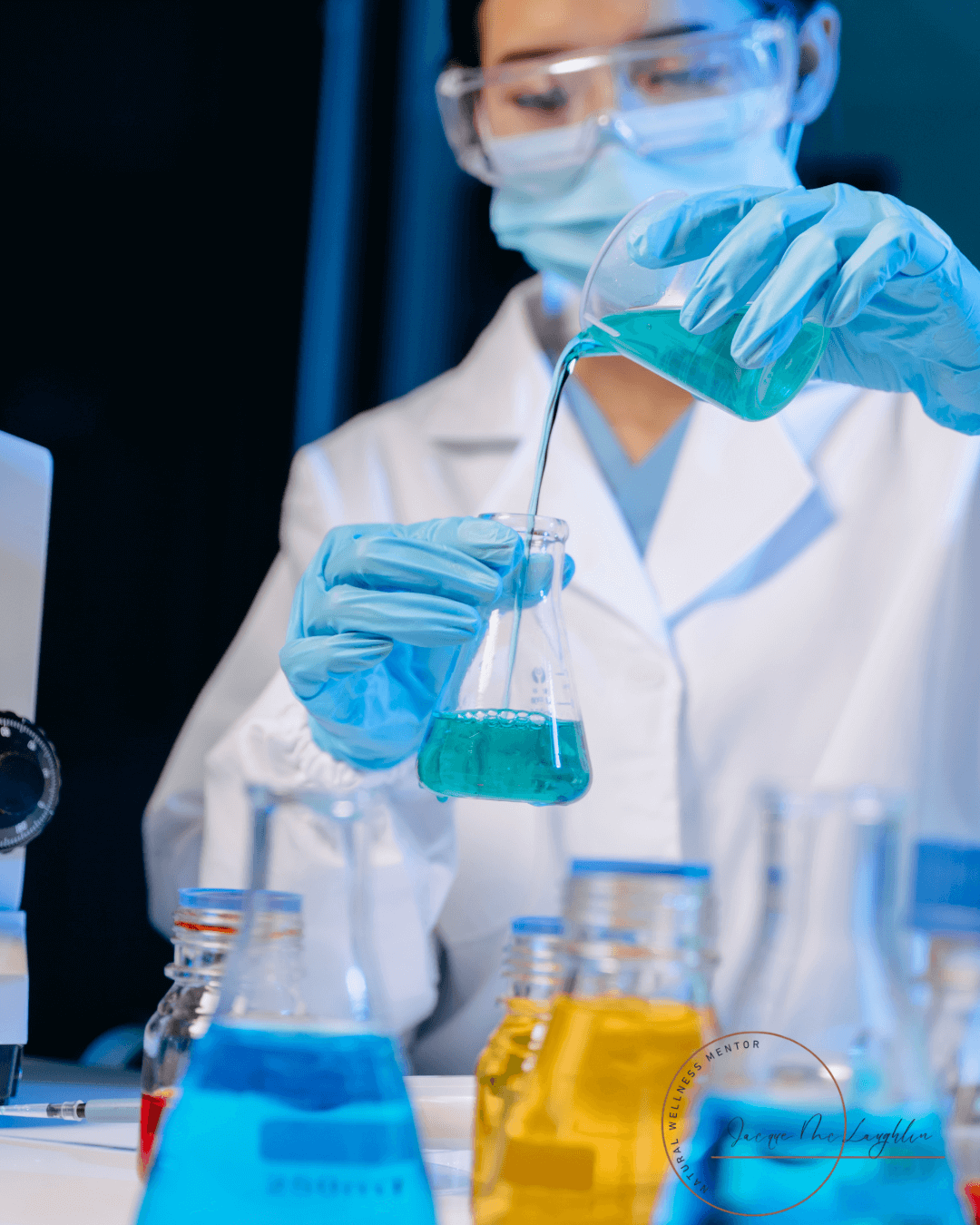
Even products labeled as “IFRA-safe” or “dermatologist-tested” can contain ingredients with hormone-disrupting potential. Some examples include:
- Phthalates (e.g., DEP, DBP): Common in synthetic fragrances as solvents or fixatives. Linked to reduced testosterone, fertility issues, and altered thyroid function.
- Synthetic musks (Galaxolide, Tonalide): Persistent in human tissue and the environment; associated with hormonal and reproductive effects.
- Parabens (methyl-, propyl-, butyl-): Preservatives that mimic estrogen and can accumulate in breast tissue.
- Triclosan: Once common in antibacterial products, shown to disrupt thyroid hormones and gut microbiota.
- Benzophenones: Found in sunscreens and fragrances; linked to endocrine and developmental effects.
While some of these are restricted in certain categories, most are not fully banned — only limited to “acceptable” concentrations. The assumption is that below those levels, no harm occurs. Yet mounting research suggests otherwise.
💔 The Cumulative Exposure Effect
Think of your body as a rain barrel. One drop of chemical exposure doesn’t cause an overflow. But with each product — deodorant, shampoo, body lotion, perfume, cleaning spray, scented candle — another drop is added. Over time, the barrel fills and eventually overflows.
That overflow represents toxic burden: the cumulative effect of small, daily exposures that your body struggles to eliminate. Many of these compounds are lipophilic (fat-loving), meaning they store in fat tissue, leading to slow, persistent accumulation.
Even if the amount in a single product is “safe,” the total exposure from dozens of products is not accounted for. That’s where the problem lies.
🧘♀️ Why Hormone Health Depends on Clean Choices
Hormones regulate nearly every system in your body — metabolism, reproduction, sleep, energy, and emotional balance. When chemical disruptors mimic or block hormones, the effects can show up as:
- Fatigue and low energy
- Unexplained weight changes
- Mood swings or anxiety
- Irregular cycles or fertility issues
- Thyroid imbalance
- Poor sleep or brain fog
Choosing cleaner products is one of the simplest ways to protect your hormonal harmony and reduce unnecessary stress on your detoxification systems.
🌿 The Benefits of Switching to Truly Clean Products
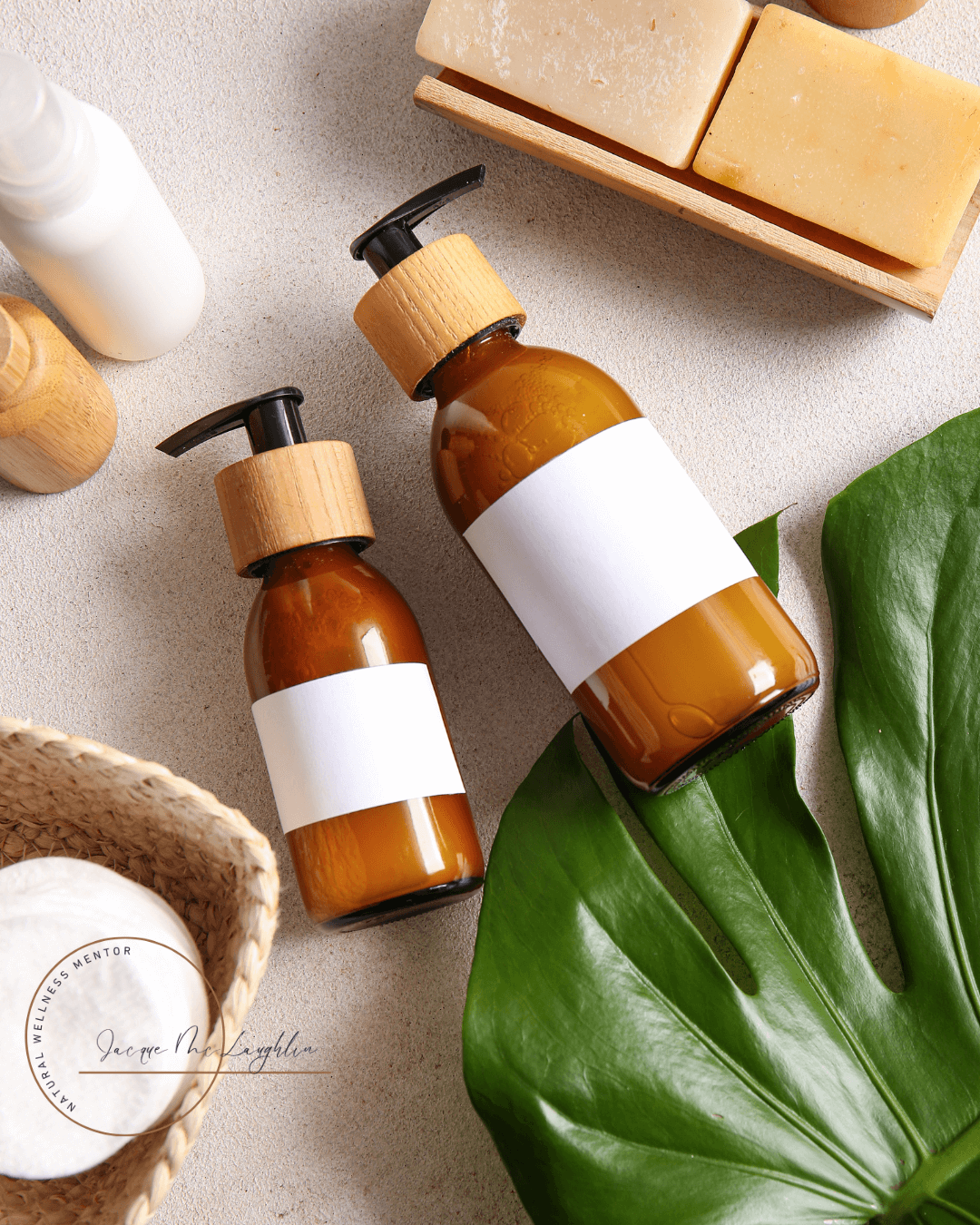 Adopting a low-tox lifestyle isn’t just about avoiding harm — it’s about supporting your body’s natural intelligence. Here are the benefits of choosing clean, transparent, and fragrance-free (or naturally scented) alternatives:
Adopting a low-tox lifestyle isn’t just about avoiding harm — it’s about supporting your body’s natural intelligence. Here are the benefits of choosing clean, transparent, and fragrance-free (or naturally scented) alternatives:1. Improved Hormone Balance
Reducing exposure to endocrine disruptors helps your body maintain stable levels of estrogen, progesterone, testosterone, and thyroid hormones — the foundation of balanced mood, metabolism, and vitality.
2. Healthier Skin and Lungs
Synthetic fragrances and preservatives often irritate sensitive skin or trigger respiratory reactions. Clean products that rely on natural plant extracts are gentler and less likely to cause chronic inflammation or allergic responses.
3. Better Sleep and Emotional Stability
Toxins don’t just affect the body — they affect the mind. Fewer artificial chemicals mean less internal “noise,” allowing your nervous system to relax. Many people notice deeper sleep, calmer moods, and clearer thinking when they minimize artificial scents.
4. Stronger Detox and Immune Systems
Your liver, kidneys, and lymphatic system work constantly to process environmental chemicals. When you reduce incoming toxins, you free up those organs to perform their natural functions more effectively — strengthening your immunity and energy reserves.
5. Reduced Environmental Impact
Many synthetic chemicals don’t break down easily, contaminating waterways and wildlife. Choosing biodegradable, plant-based alternatives supports cleaner ecosystems and healthier communities.
6. Empowerment and Peace of Mind
There’s freedom in knowing exactly what you’re putting on your skin and into your home. Clean living isn’t about fear — it’s about awareness, empowerment, and making choices that reflect your values.
🕯 How to Spot Safer Products
Even without industry transparency, you can take steps to protect yourself and your family:
- Read ingredient lists carefully. Avoid vague terms like “fragrance,” “parfum,” or “aroma.”
- Look for third-party verifications such as MADE SAFE®, EWG Verified™, or NSF/ANSI 305.
- Support brands with full disclosure policies. Transparency is the new clean.
- Simplify your routine. The fewer products you use, the less cumulative exposure.
- Introduce natural scent mindfully. If you love fragrance, choose truly natural essential oils or hydrosols — not synthetic substitutes.
🌎 Redefining “Safety”
“Safe levels” might satisfy regulatory checkboxes, but they don’t necessarily honor the intricate balance of the human body or the planet. Real safety comes from transparency, prevention, and informed choice — not from chemical thresholds defined by profit-driven committees.
By choosing authentic, low-tox, and naturally derived alternatives, you become part of a growing movement demanding accountability and higher standards of care.
Because when it comes to hormone health, the only acceptable level of endocrine disruption is zero.
🧺 Ready to Clean Smarter, Not Harder?
Switching to plant-based cleaners is one of the easiest ways to reduce hidden hormone disruptors in your home. Synthetic fragrances and harsh chemicals may leave things “smelling clean,” but true clean means safe for you, your family, and your hormones.
I’ve curated a simple list of my favorite plant-based cleaning products from the Thieves® line — powered by essential oils and plant-based ingredients that work beautifully without synthetic chemicals.
They’re tough on grime but gentle on your health — proof that a clean home and a clean conscience can go hand in hand. 🌿
People often ask me what my favorite YL products are. That really depends on many factors— what may be my favorite today could be different than yesterday, depending on what’s going on in my life. But if you’d like to know the Young Living products I absolutely use every single day, click the button below for My Daily Favorites!
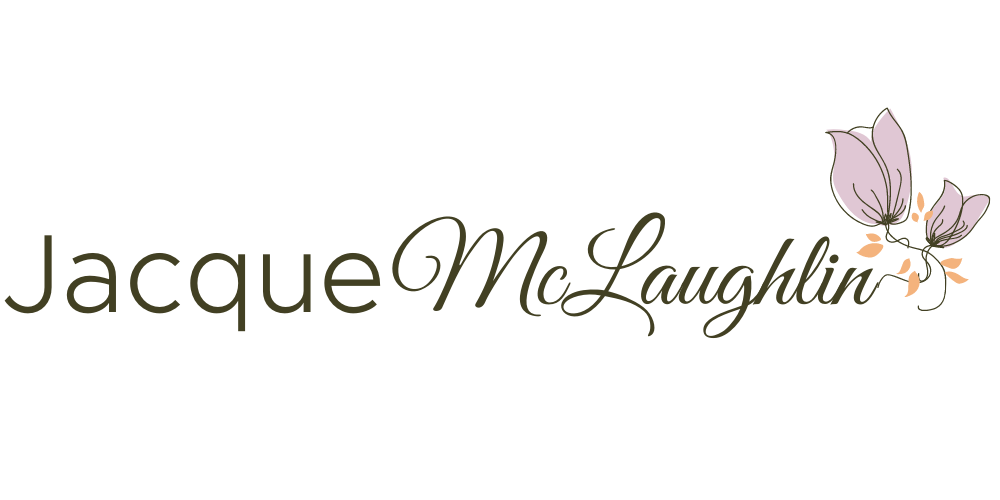

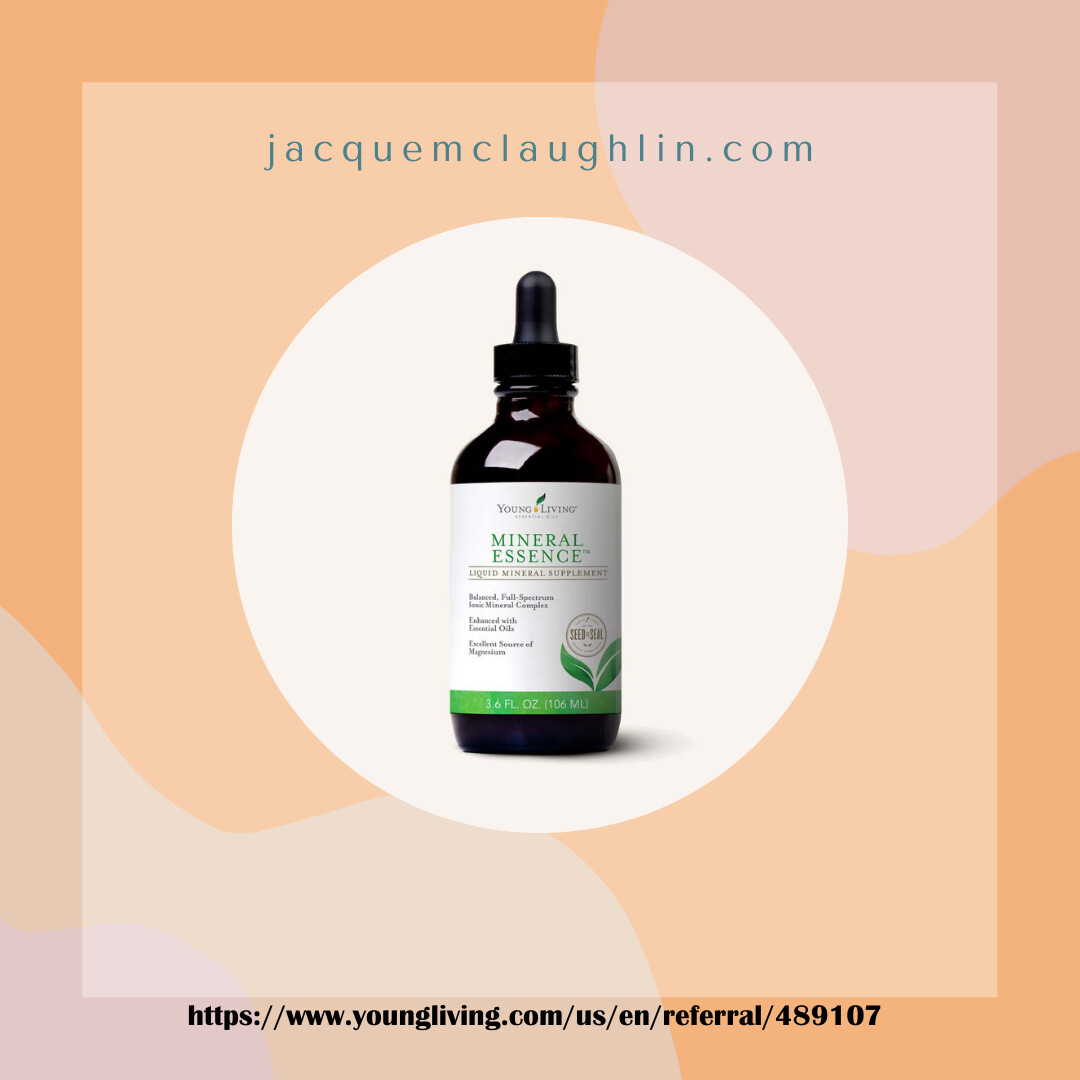



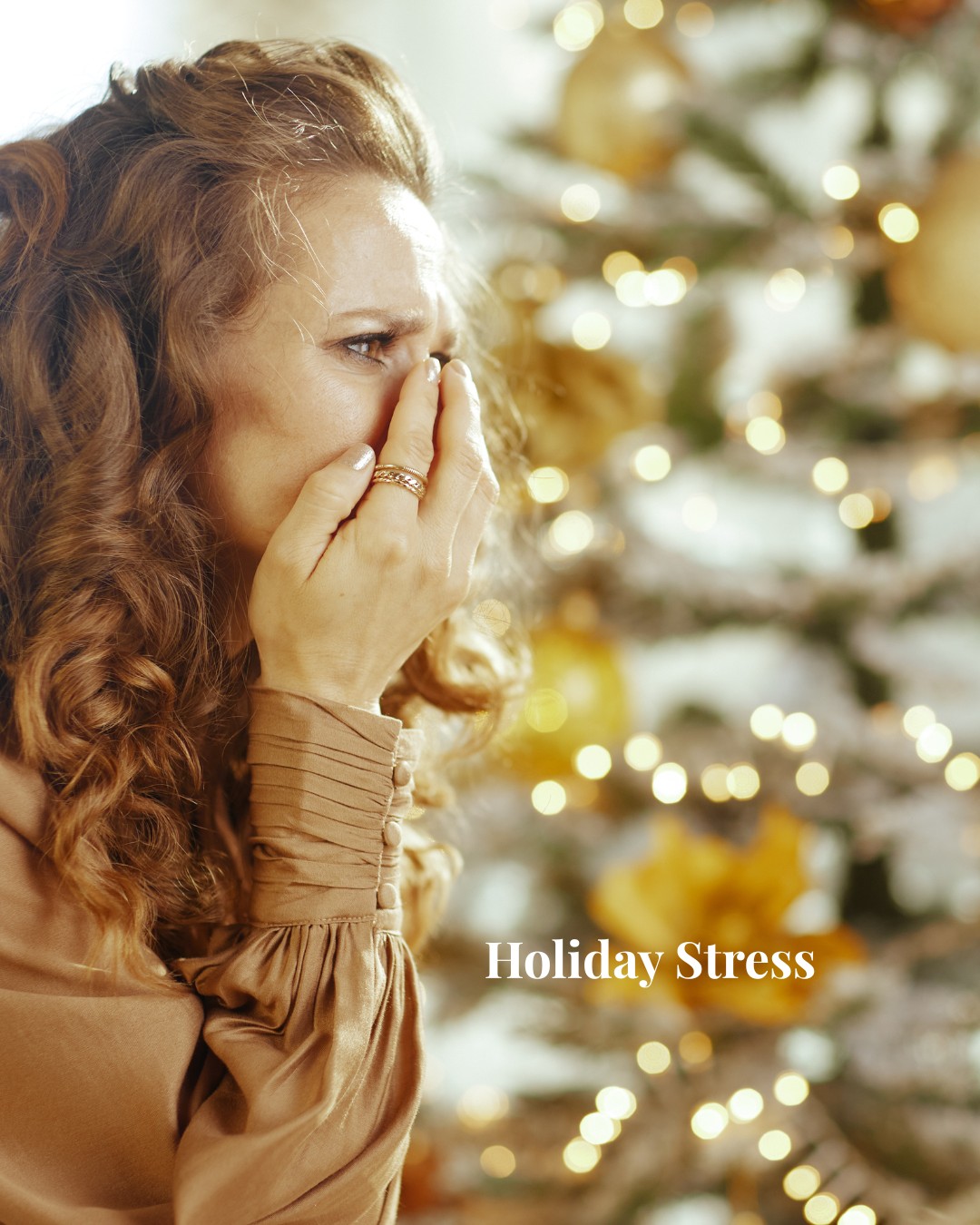










0 Comments